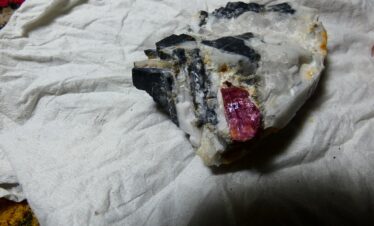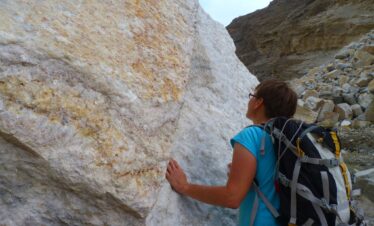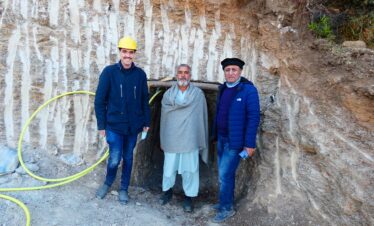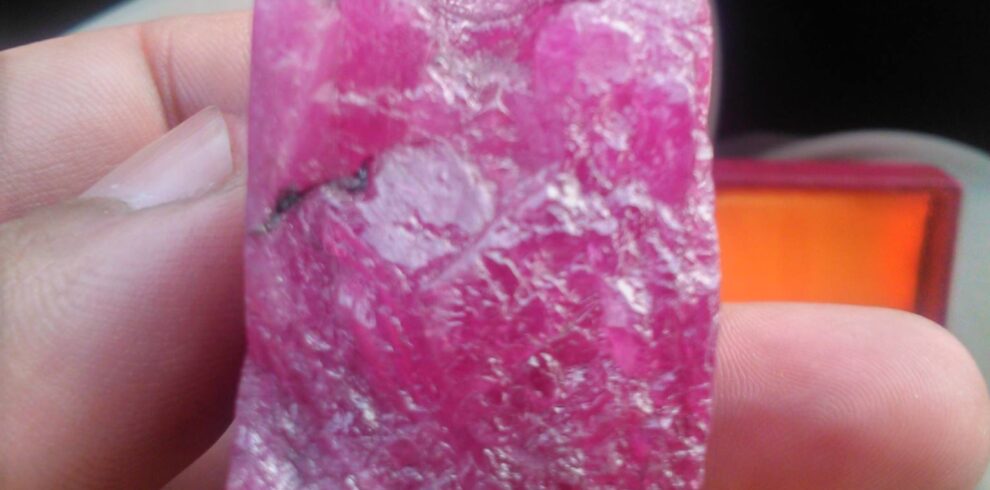

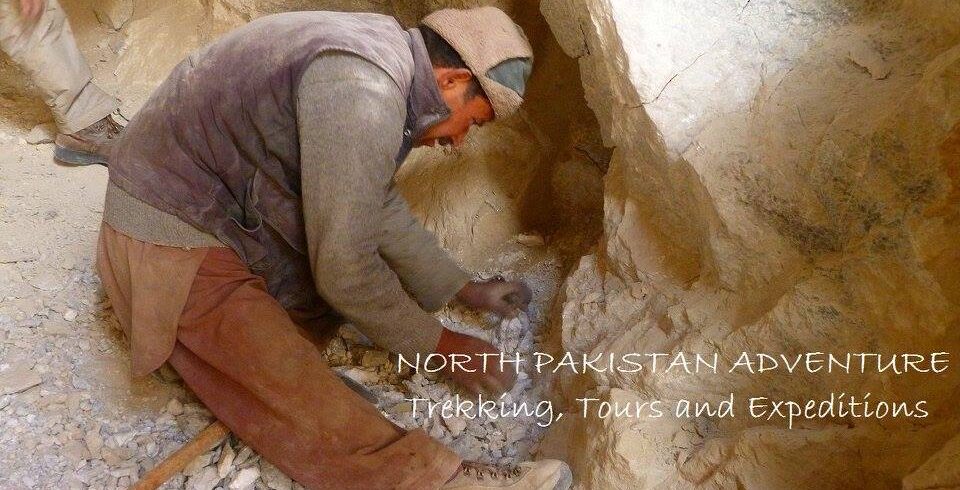
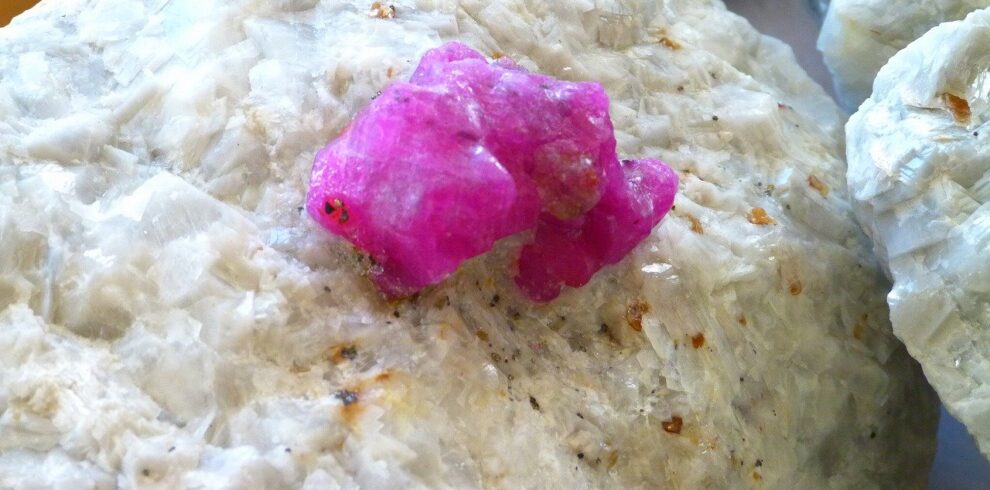
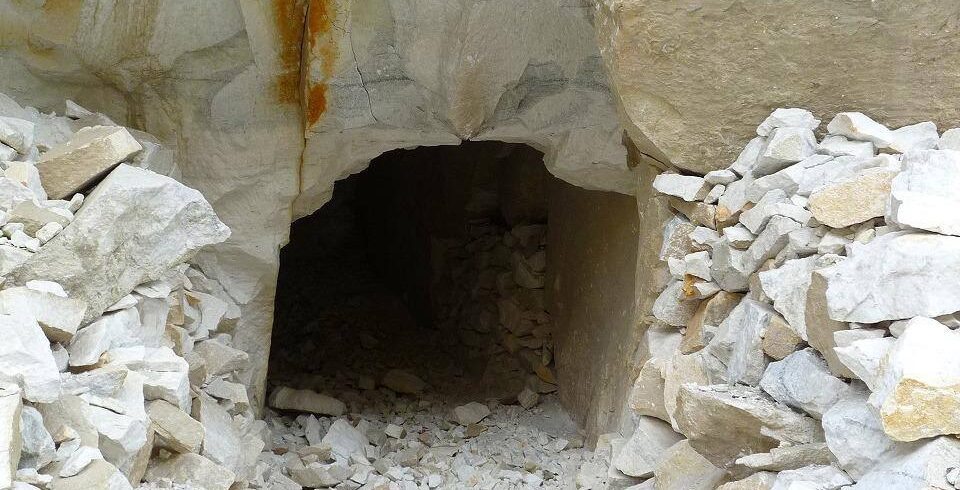
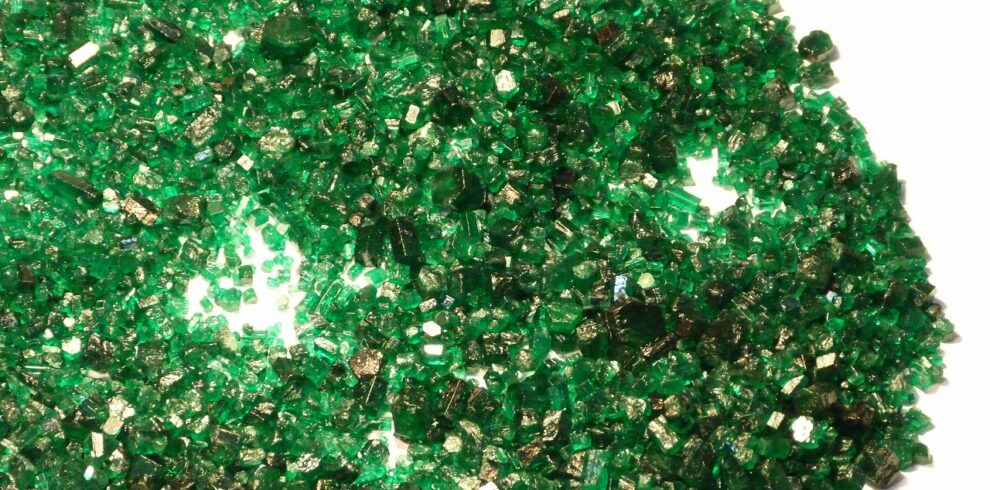
Trek to the Gemstone A Journey to the Jewel of Pakistan
Pakistan’s rugged northern regions are home to some of the world’s most breathtaking mountain scenery, including pristine lakes, glaciers, and high-altitude passes. One hidden treasure here, often overshadowed by giants like K2 and Nanga Parbat, is the trek to the “Gemstone” region. Named for its natural beauty and rich deposits of precious stones, trekking in this area provides a chance to witness stunning landscapes and experience a unique aspect of Pakistani culture and its thriving gemstone mining industry.
Overview of the Gemstone Region
The Gemstone region is in the Karakoram Range, the same mountainous expanse that houses many of the world’s tallest peaks. Known for its abundance of sapphire, ruby, and emerald mines, the trek provides a rare opportunity to observe and understand the local gem-mining industry surrounded by beautiful landscapes. The trek is still relatively unknown, making it an ideal destination for those seeking solitude and a less commercialized trekking experience.
Key Highlights
1. **Majestic Landscapes:** The journey offers a mix of lush valleys, snow-capped peaks, crystal-clear rivers, and scenic high-altitude pastures.
2. **Cultural Immersion:** The route traverses small villages where trekkers can learn about local traditions and the way of life tied to the mountains.
3. **Gemstone Mines:** Trekkers can observe how locals extract precious stones from the earth, often using traditional methods that have been passed down through generations.
4. **Natural Hot Springs:** Many trails in this region lead to natural hot springs, where weary trekkers can relax and rejuvenate.
Best Time to Trek
The optimal time for trekking to the Gemstone region is between **late May and September**, when the snow has melted, and the paths are accessible. During these months, temperatures are moderate, and the chances of encountering extreme weather are relatively low.
Trekking Routes and Itinerary
There are multiple routes to reach the gemstone area, ranging from easy to challenging, depending on the chosen path and trekker’s experience. Here is a recommended itinerary for a moderately challenging trek.
Day 1: Arrival in Islamabad
Most trekking adventures in Pakistan start in Islamabad, where travelers can obtain necessary permits and meet local guides. A short city tour and preparation for the trek can be organized.
Day 2: Travel to Gilgit
From Islamabad, travelers typically take a short flight to Gilgit or travel by road along the scenic Karakoram Highway. Gilgit serves as the main hub for trekkers and climbers venturing into the mountains.
Day 3: Drive to Gemstone Trailhead
From Gilgit, a four-to-five-hour drive brings trekkers to the trailhead. Here, final checks for supplies, permits, and equipment are done before setting out.
Day 4: Trek to Base Camp
The trek begins with a gradual ascent along lush trails, passing through valleys filled with wildflowers, dense forests, and small streams. This initial day is relatively easy, allowing trekkers to acclimate to the altitude and get accustomed to the terrain.
Day 5: Exploring the Gemstone Mines
Trekkers will reach the mining areas where local miners extract precious stones. Many villages welcome visitors and offer insights into the mining process. Local craftsmen and gem-cutters can be observed creating beautiful pieces from raw stones.
Day 6-7: Trek to Summit and Scenic Viewpoints
The next two days focus on reaching the summit points that offer panoramic views of the surrounding peaks. These points often provide some of the most awe-inspiring views in the Karakoram Range, with glimpses of distant glaciers, green valleys, and towering peaks.
Day 8: Descend and Return
After experiencing the peak viewpoints, trekkers start the descent, usually with a night stopover at a lower campsite to rest and prepare for the journey back.
Day 9: Return to Gilgit and Farewell
Returning to Gilgit, trekkers can explore local bazaars for gems and handicrafts before returning to Islamabad.
Essential Packing List
Packing adequately is key for this trek, as the mountainous terrain and weather can be unpredictable. Here’s a basic packing list:
– **Hiking boots:** Waterproof and well-insulated
– **Layered clothing:** Breathable and insulating layers
– **Sleeping bag and tent:** Rated for high altitudes
– **Water purification tablets or filter**
– **Portable stove and cooking equipment**
– **High-energy food supplies**
– **Medical kit:** Including altitude sickness medication
Permits and Regulations
Due to the sensitive nature of the gemstone areas and the proximity to international borders, permits are required. Trekkers should check with local tour operators or authorities in Gilgit-Baltistan for up-to-date regulations and permit requirements.
Tips for a Safe Trek
1. **Travel with a Guide:** The terrain can be challenging, and the local expertise is invaluable.
2. **Acclimate to the Altitude:** Spend a few days at moderate altitudes to avoid altitude sickness.
3. **Respect Local Customs:** The people in this area are known for their warm hospitality, but respecting their traditions is essential.
4. **Environmental Responsibility:** Leave no trace and pack out all waste.
Conclusion
The trek to the Gemstone region in Pakistan is a one-of-a-kind experience for adventure seekers, gemstone enthusiasts, and anyone looking to immerse themselves in an authentic mountain culture. From the fascinating gemstone mines to the raw beauty of the Karakoram peaks, this trek is a hidden gem waiting to be discovered. Prepare yourself for a journey of discovery, adventure, and awe in Pakistan’s untamed wilderness.


